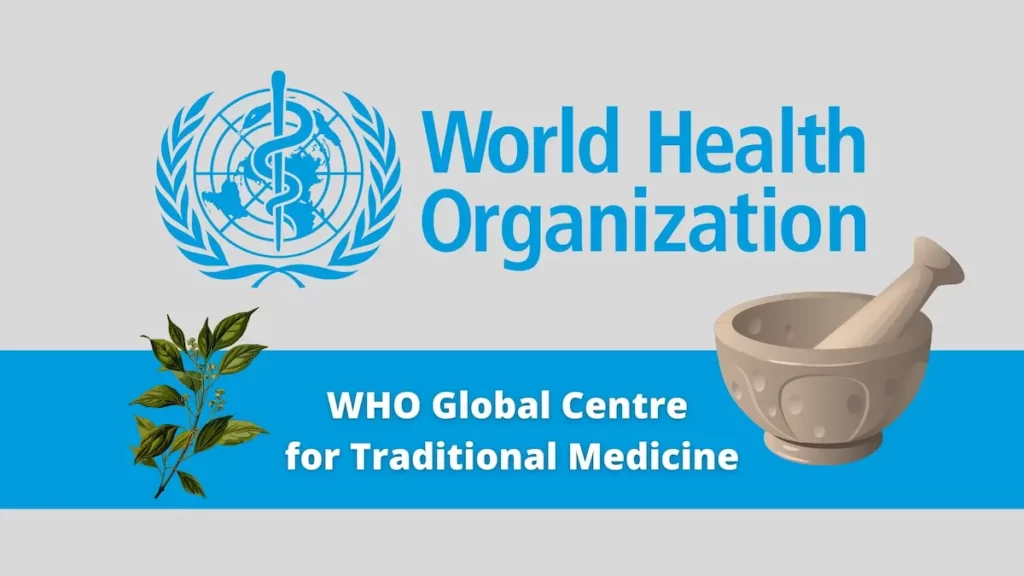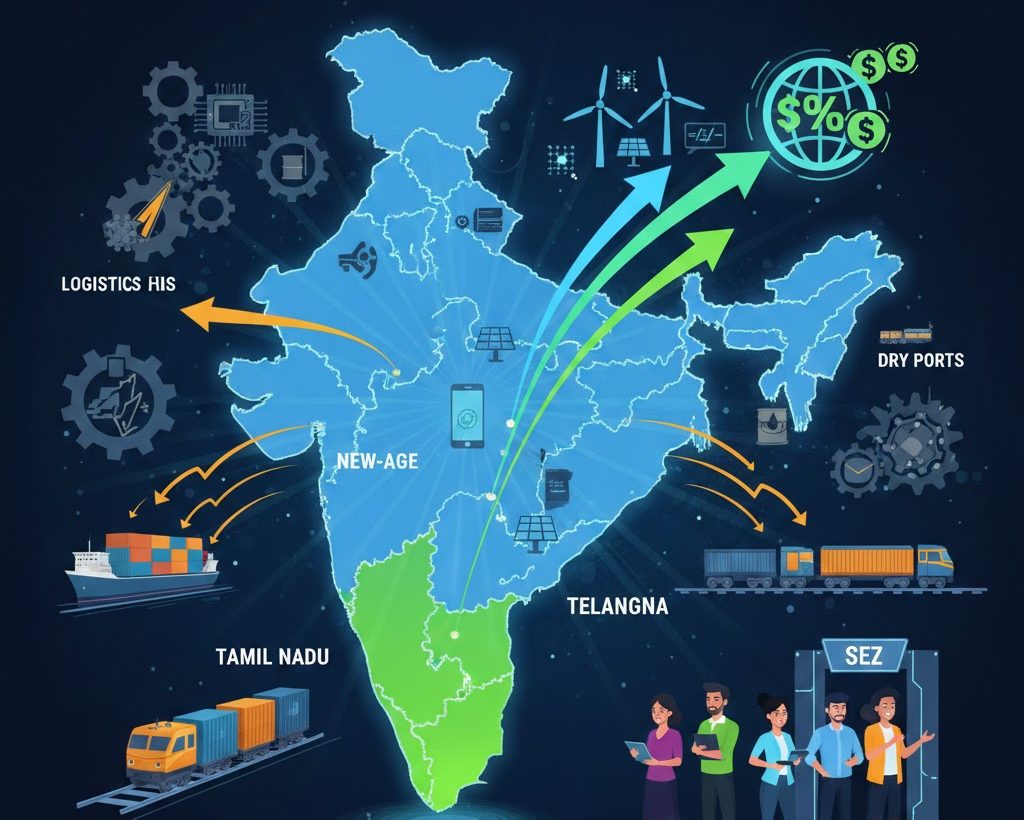Font size:
Print
Bharat Ports Global: Enhancing India’s Role in Global Maritime Trade
Context:
The Government of India has launched Bharat Ports Global, a consortium of public sector entities aimed at expanding India’s presence in global maritime trade.
About the Initiative
- The consortium brings together three key entities:
- India Ports Global Ltd (IPGL) – Handling port operations.
- Sagarmala Development Corporation Ltd (SDCL) – Facilitating financing.
- Indian Port Rail and Ropeway Corporation Ltd (IPRCL) – Leading infrastructure development.
- The initiative is expected to streamline logistics, strengthen supply chains, and boost exports, supporting the ‘Make in India’ initiative.
Objectives of Bharat Ports Global
- International Expansion: Bid for global port operations and development projects.
- Trade Connectivity: Strengthen maritime trade routes and supply chain resilience.
- Economic Growth: Position India as a key player in the global logistics and shipping sector.
- Infrastructure Development: Leverage India’s expertise in port management and financing to enhance international connectivity.
- Strategic Diplomacy: Support India’s interests in key corridors like the International North-South Transport Corridor (INSTC) and the India-Middle East-Europe Economic Corridor (IMEC).
Key Components
- IPGL: The Special Purpose Vehicle (SPV) responsible for port operations, including the management of Iran’s Chabahar Port.
- SDCL: Expected to become a maritime-dedicated Non-Banking Financial Company (NBFC), facilitating financial requirements.
- IPRCL: A joint venture of 11 central government-owned ports and Rail Vikas Nigam Ltd (RVNL), responsible for infrastructure projects.
Key Responsibilities of Bharat Port Global
- Focus on the Development of Key Maritime Corridors
- International North-South Transport Corridor (INSTC)
-
- A 7,200 km-long corridor linking India with Russia, Central Asia, and Europe via Iran.
- Aims to reduce transport costs and travel time for cargo movement.
- India-Middle East-Europe Economic Corridor (IMEC)
-
- A multimodal trade corridor connecting India, the Middle East, and Europe.
- Expected to enhance connectivity, trade efficiency, and strategic partnerships.
Strategic Global Comparisons
- Singapore’s PSA International and Dubai’s DP World Ltd are leading examples of state-owned entities managing global ports.
- India aims to replicate similar models to expand its maritime footprint.
- The consortium will explore opportunities to develop and operate around 20 ports globally.
- Eastern Maritime Corridor with Russia
-
- Aims to diversify India’s trade routes by establishing a maritime trade corridor with Russia.
- Potential to enhance energy security and reduce dependence on traditional sea routes.
Future Prospects and Challenges
- Opportunities
-
- Expansion into global port management will boost India’s maritime diplomacy.
- Improved trade infrastructure will strengthen India’s economic resilience.
- Increased regional cooperation with BIMSTEC, ASEAN, and the Middle East.
- Challenges
-
- Geopolitical Risks: Managing ports in regions with strategic tensions (e.g., Chabahar in Iran).
- Funding and Investment: Need for robust financial backing to sustain large-scale port projects.
- Operational Efficiency: Ensuring that Indian ports remain globally competitive in terms of cost, speed, and technology.


